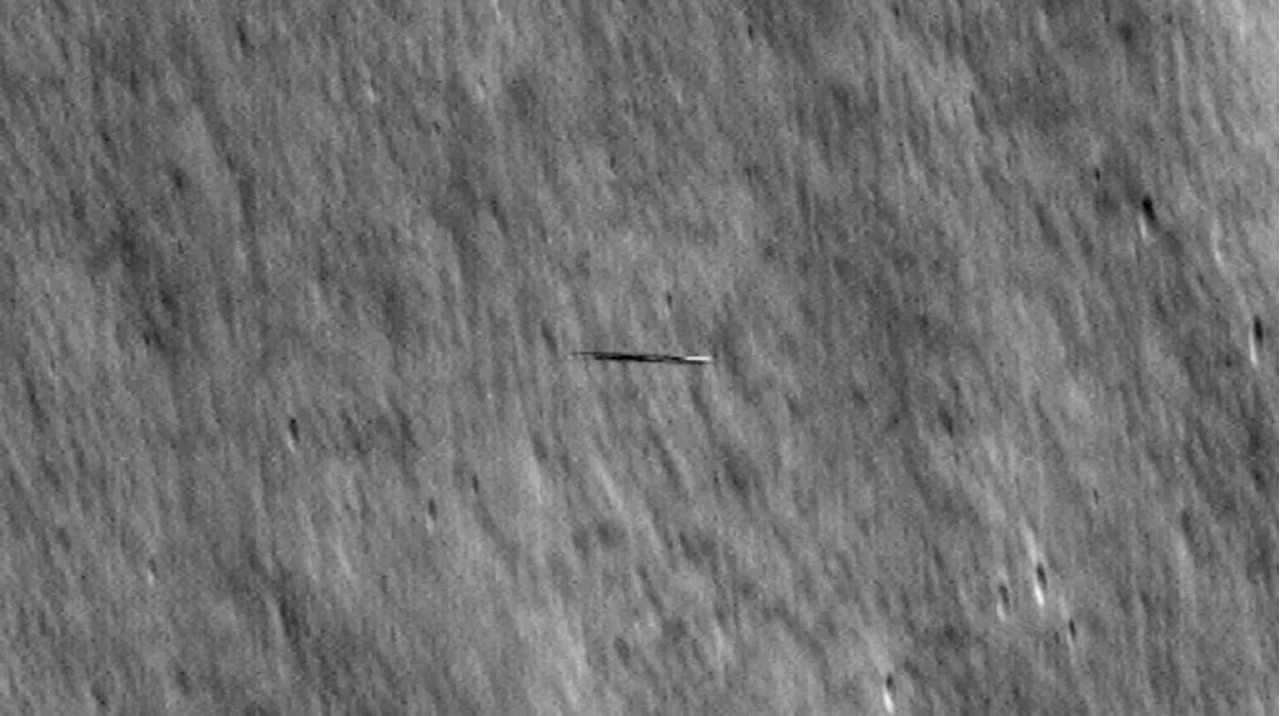Astronomers have discovered enormous circular radio features of unknown origin around some galaxies. Now, new observations of one dubbed the Cloverleaf
suggest it was created by clashing groups of galaxies.
“The power needed to produce such an expansive radio emission is very strong,” Bulbul said. “Some simulations can reproduce their shapes but not their intensity. No simulations explain how to create ORCs.” “We were allotted about five-and-a-half hours, and the data came in late one evening in November,” Bulbul said. “I forwarded it to Xiaoyuan, and he came into my office the next morning and said, ‘Detection,’ and I just started cheering!”
When galaxies join, their higher combined mass increases their gravity. Surrounding gas begins to fall inward, which heats up the infalling gas. The greater the system’s mass, the hotter the gas becomes. “Galaxies interact and coalesce all the time,” said Kim Weaver, the NASA project scientist for XMM-Newton at NASA’s Goddard Space Flight Center in Greenbelt, Maryland, who was not involved in the study. “But the source of the accelerated particles is unclear. One fascinating idea for the powerful radio signal is that the resident supermassive black holes went through episodes of extreme activity in the past, and relic electrons from that ancient activity were reaccelerated by this merging event.
Astrophysics Elliptical Galaxies Galaxies Galaxies Stars & Black Holes Galaxies Stars & Black Holes Research Galaxy Clusters Goddard Space Flight Center Missions Science & Research Sensing The Universe & Multimessenger Astronomy The Universe XMM-Newton (X-Ray Multi-Mirror Newton)
Indonesia Berita Terbaru, Indonesia Berita utama
Similar News:Anda juga dapat membaca berita serupa dengan ini yang kami kumpulkan dari sumber berita lain.
 X-ray satellite XMM-Newton sees 'space clover' in a new lightAstronomers have discovered enormous circular radio features of unknown origin around some galaxies. Now, new observations of one dubbed the Cloverleaf suggest it was created by clashing groups of galaxies.
X-ray satellite XMM-Newton sees 'space clover' in a new lightAstronomers have discovered enormous circular radio features of unknown origin around some galaxies. Now, new observations of one dubbed the Cloverleaf suggest it was created by clashing groups of galaxies.
Baca lebih lajut »
 US Satellite Photographs a South Korean Satellite from Lunar OrbitFun times in lunar orbit as NASA's Lunar Reconnaissance Orbiter captured images of South Koreas Danuri orbiter speeding by below it.
US Satellite Photographs a South Korean Satellite from Lunar OrbitFun times in lunar orbit as NASA's Lunar Reconnaissance Orbiter captured images of South Koreas Danuri orbiter speeding by below it.
Baca lebih lajut »
![Proba-2 Satellite Sees the Moon Eclipse the Sun Twice [Video]](https://i.headtopics.com/images/2024/4/13/scitechdaily1/proba-2-satellite-sees-the-moon-eclipse-the-sun-tw-proba-2-satellite-sees-the-moon-eclipse-the-sun-tw-0358D967BD3714E8A16D2F631F547172.webp?w=640) Proba-2 Satellite Sees the Moon Eclipse the Sun Twice [Video]ESA’s Proba-2 satellite observed two partial solar eclipses, enhancing our understanding of the Sun’s atmosphere.
Proba-2 Satellite Sees the Moon Eclipse the Sun Twice [Video]ESA’s Proba-2 satellite observed two partial solar eclipses, enhancing our understanding of the Sun’s atmosphere.
Baca lebih lajut »
 Strong stellar winds from 3 sun-like stars detected for first timeThe researchers used the XMM-Newton space telescope to study the atmospheres’ of 70 Ophiuchi, epsilon Eridani, and 61 Cygni stars.
Strong stellar winds from 3 sun-like stars detected for first timeThe researchers used the XMM-Newton space telescope to study the atmospheres’ of 70 Ophiuchi, epsilon Eridani, and 61 Cygni stars.
Baca lebih lajut »
 International team detects eruption of mega-magnetic star in nearby galaxyWhile ESA's satellite INTEGRAL was observing the sky, it spotted a burst of gamma-rays—high-energy photons—coming from the nearby galaxy M82. Only a few hours later, ESA's XMM-Newton X-ray space telescope searched for an afterglow from the explosion but found none.
International team detects eruption of mega-magnetic star in nearby galaxyWhile ESA's satellite INTEGRAL was observing the sky, it spotted a burst of gamma-rays—high-energy photons—coming from the nearby galaxy M82. Only a few hours later, ESA's XMM-Newton X-ray space telescope searched for an afterglow from the explosion but found none.
Baca lebih lajut »
 Eruption of mega-magnetic star lights up nearby galaxyWhile ESA's satellite INTEGRAL was observing the sky, it spotted a burst of gamma-rays -- high-energy photons -- coming from the nearby galaxy M82. Only a few hours later, ESA's XMM-Newton X-ray space telescope searched for an afterglow from the explosion but found none.
Eruption of mega-magnetic star lights up nearby galaxyWhile ESA's satellite INTEGRAL was observing the sky, it spotted a burst of gamma-rays -- high-energy photons -- coming from the nearby galaxy M82. Only a few hours later, ESA's XMM-Newton X-ray space telescope searched for an afterglow from the explosion but found none.
Baca lebih lajut »
